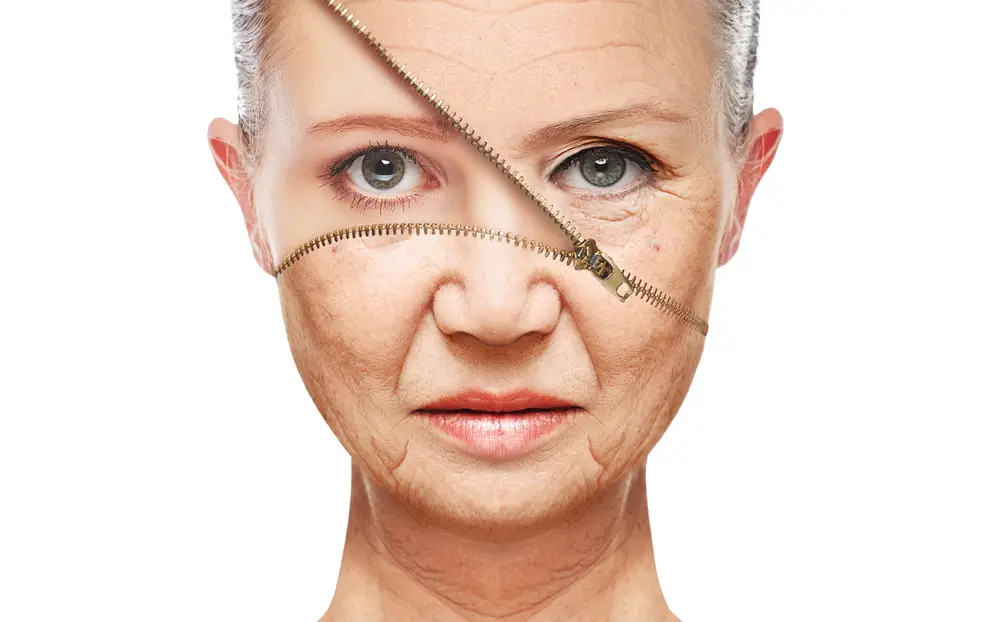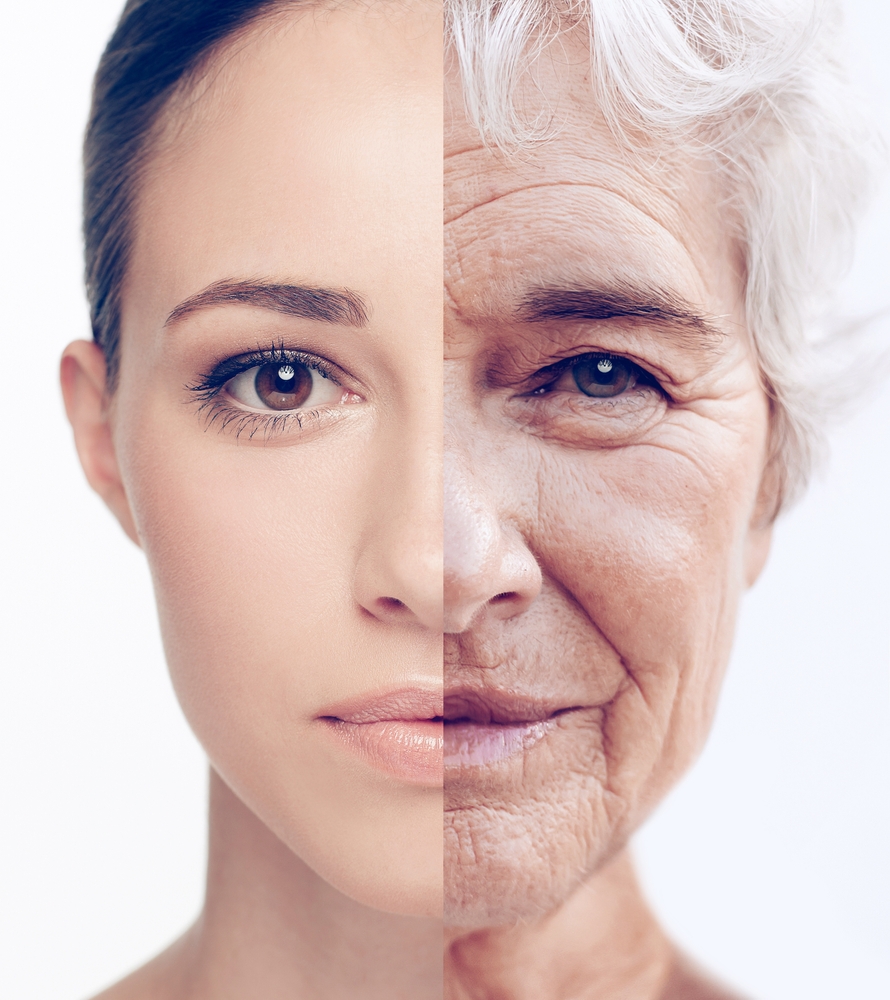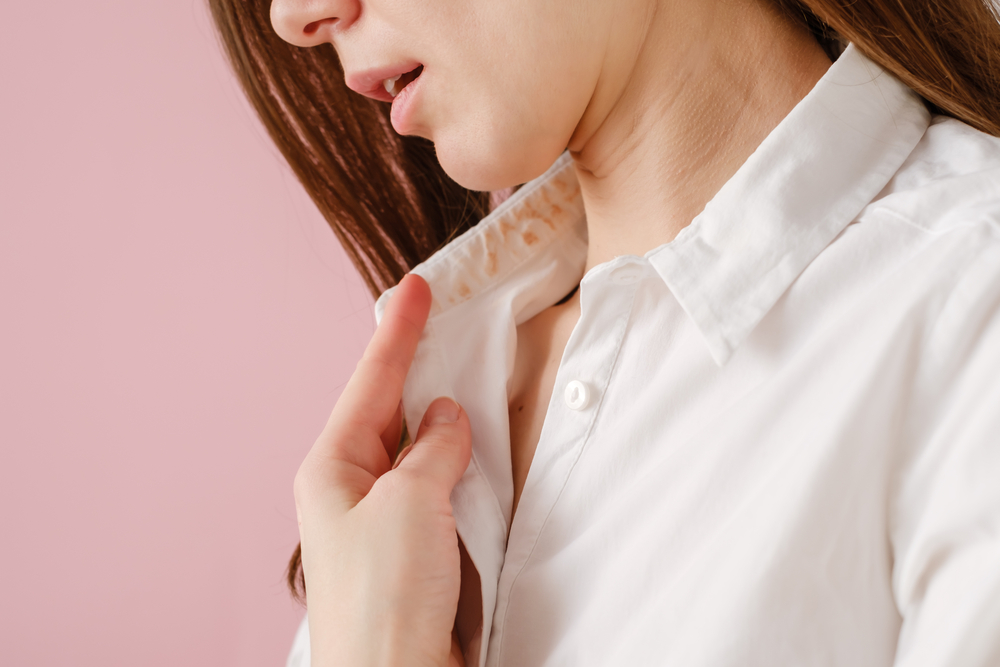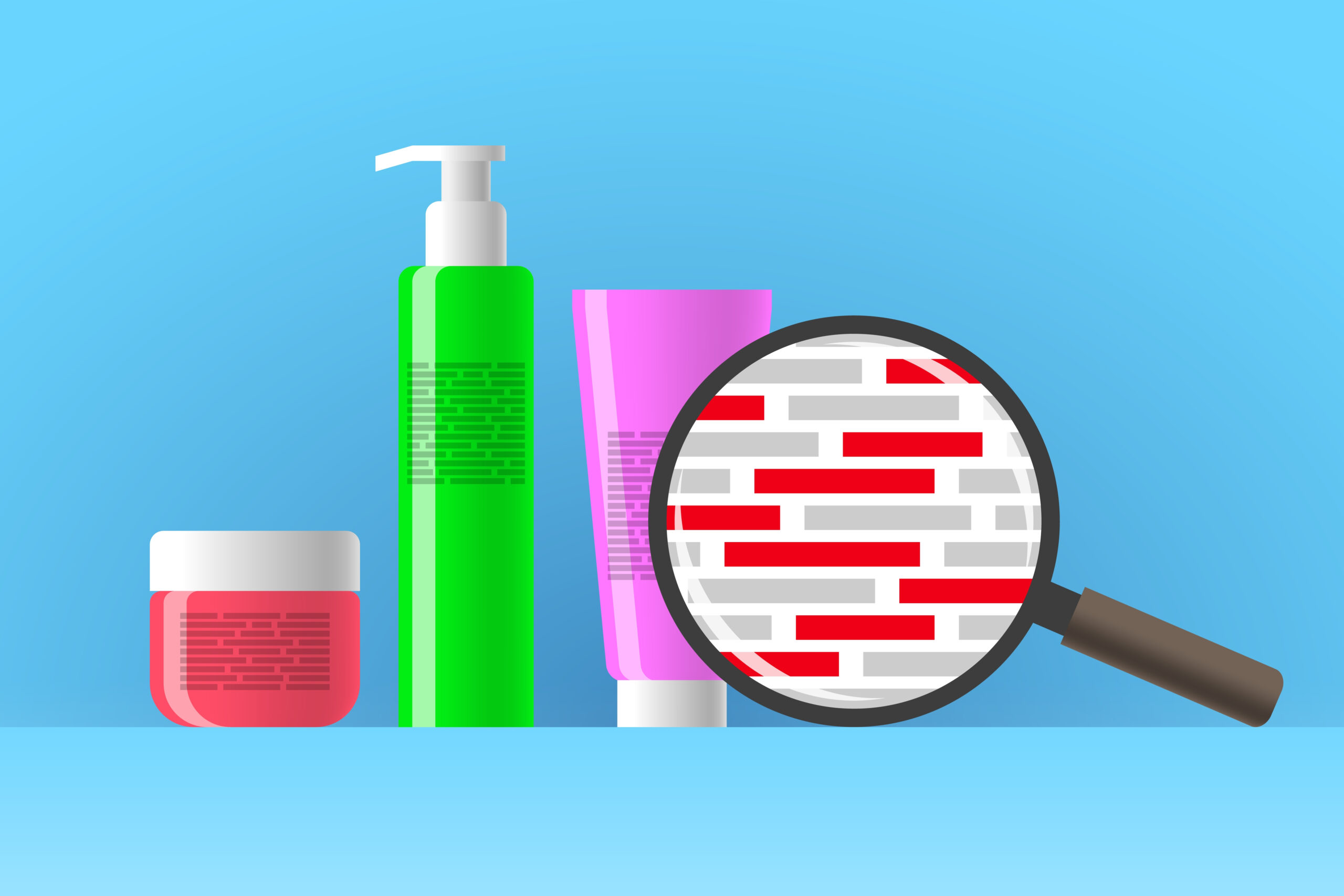We all want youthful-looking, glowing skin, but pesky dark age spots can start to appear seemingly out of nowhere. While some factors are beyond our control, like genetics, your lifestyle plays a significant role in whether or not those spots appear. If you’re noticing more dark spots lately, it might be time to take a closer look at your daily habits. Let’s dive into 16 ways your lifestyle could be causing those unsightly age spots—and what you can do about it.
1. Apply Sunscreen Everyday

You’ve heard it a million times, but it’s worth repeating: sunscreen is your skin’s best friend. Skipping sunscreen or not reapplying it throughout the day leaves your skin vulnerable to UV rays, which are a major cause of dark spots. Those few minutes in the sun without protection add up over time, leading to pigmentation that’s hard to reverse. Don’t make the mistake of only applying SPF to your face. You need to apply sunscreen to your hands and body if you want to avoid developing age spots.
2. Don’t Tan or Use Tanning Beds

We get it; everyone wants to have a sun-kissed look to their skin. Whether you’re basking in the sun or hitting the tanning bed, that bronzed glow comes with a price. Tanning accelerates the production of melanin, the pigment responsible for dark spots. And don’t be fooled by indoor tanning—those UV rays are just as damaging, if not more so. Learn to embrace your natural skin if you want to avoid accumulating age spots later in life. Or play it safer with a self-tanner or bronzer.
3. Keep Your Skin Well Hydrated
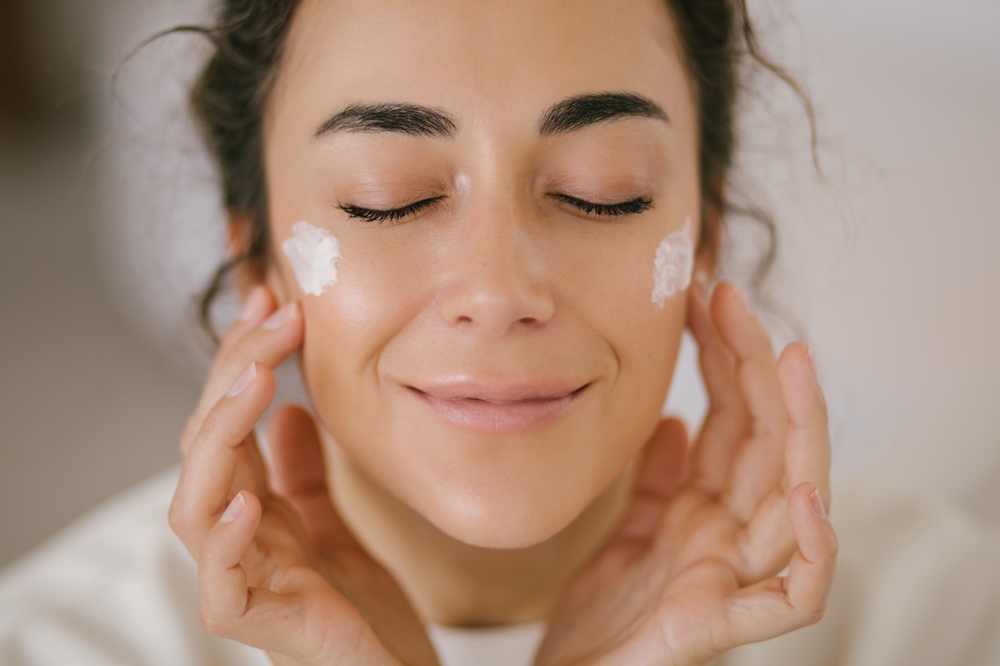
You may not realize it, but having overly dry skin can actually exacerbate the appearance of dark spots, making them look more prominent. When your skin lacks moisture, it becomes more prone to damage from environmental factors, which can lead to increased pigmentation. If you want to avoid unsightly age spots, make sure you’re keeping your skin hydrated with a nourishing moisturizer that suits your skin type.
4. Don’t Smoke Or Drink Too Much

Smoking isn’t just bad for your lungs, and the rest of your general health, it’s also a major culprit behind dark age spots. The toxins in cigarettes cause oxidative stress in your skin, which accelerates the aging process and increases the likelihood of pigmentation issues. Quitting smoking is not only great for your health; it’s the best thing you can do for your skin. Your skin will thank you by giving you a brighter complexion, free from age spots.
5. Use Gentle Exfoliators
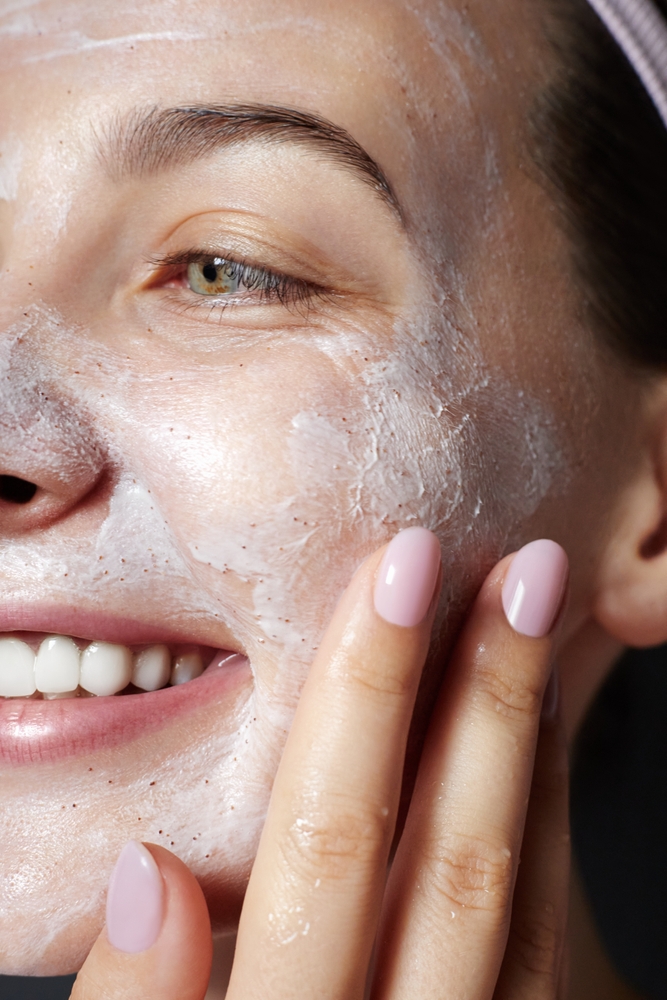
Exfoliating the skin is a great way to get rid of dead skin cells and allow your skincare products to penetrate more deeply. Overdoing it or using harsh physical scrubs can strip your skin of its natural barrier, making it more susceptible to sun damage and, consequently, dark spots. You shouldn’t be exfoliating more than 2-3 times a week, and choose a gentle liquid exfoliant that won’t irritate your skin or cause micro tears. Make sure you’re following this up with moisturizer and SPF 50+ sunscreen.
6. Stop Stressing Out

We know it’s easier said than done, but chronic stress can wreak havoc on your health and skin. It triggers the release of cortisol, a hormone that can lead to inflammation and increased pigmentation, especially in those prone to hyperpigmentation. Extra pigment in the skin can cause dark age spots. So, for a clearer complexion, try to incorporate stress-management techniques into your daily routine, such as meditation, yoga, or simply taking time to unwind.
7. Eat a Balanced Diet

Sometimes, at the end of a long day, all you want is a cheeseburger or a Coke, but you’ll pay for poor eating with age spots if you’re not careful. What you eat shows up on your skin. Diets high in sugar and processed foods can cause inflammation, which in turn can lead to dark spots. Lack of essential nutrients like vitamins C and E can also make your skin more prone to pigmentation. Make sure you’re eating a nutritious, balanced diet to have younger, healthy-looking skin free from age spots.
8. Wear Sunglasses

Just like wearing sunscreen is important, so are sunglasses. While sunglasses are a fun fashion statement, they can also stop you from developing age spots. Squinting in the sun can lead to dark spots around your eyes and on your face, especially if you’re not wearing sunglasses with UV protection. Invest in a good pair of sunglasses with UV protection, and wear them whenever you’re outside, even on cloudy days. You should also use a firming eye cream to protect the sensitive skin around your eyes.
9. Choose Vitamin C and Antioxidant-Rich Skincare
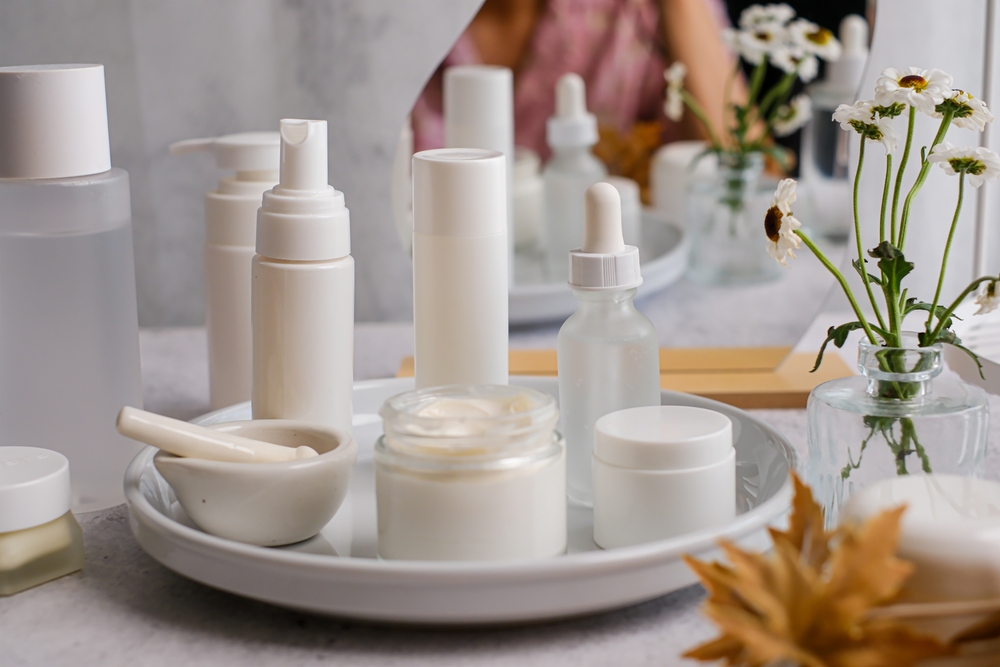
Using products that aren’t suited to your skin type can cause irritation and increase the risk of dark spots. And beware of applying harsh acne treatments to sensitive skin, as this can lead to post-inflammatory hyperpigmentation. If you’re unsure of your skin type, consult with a dermatologist to develop a skincare routine that works for you. Vitamin C, in particular, is a potent antioxidant that helps brighten the skin and reduce the appearance of age spots. It also offers protection against further sun damage by neutralizing free radicals.
10. Do a Double Cleanse at Night
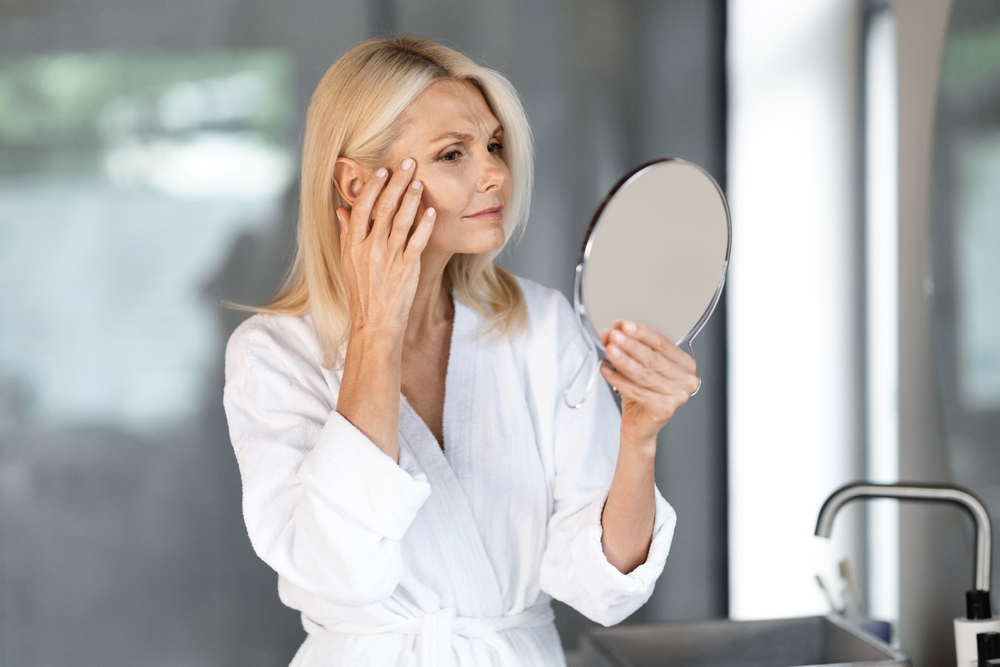
The air you’re exposing your skin to every day is ripe with pollution. Polluted air can lead to the development of dark spots by increasing oxidative stress on your skin. Over time, this constant exposure can even lead to an uneven skin tone. Make sure you cleanse your skin thoroughly morning and night, and to properly remove dirt, debris, and pollutant buildup during the day, do a double cleanse at night. It’s also worth adding a barrier-protecting product like an antioxidant serum to your daily skincare routine to defend against environmental damage.
11. Check Skincare Expiry Dates
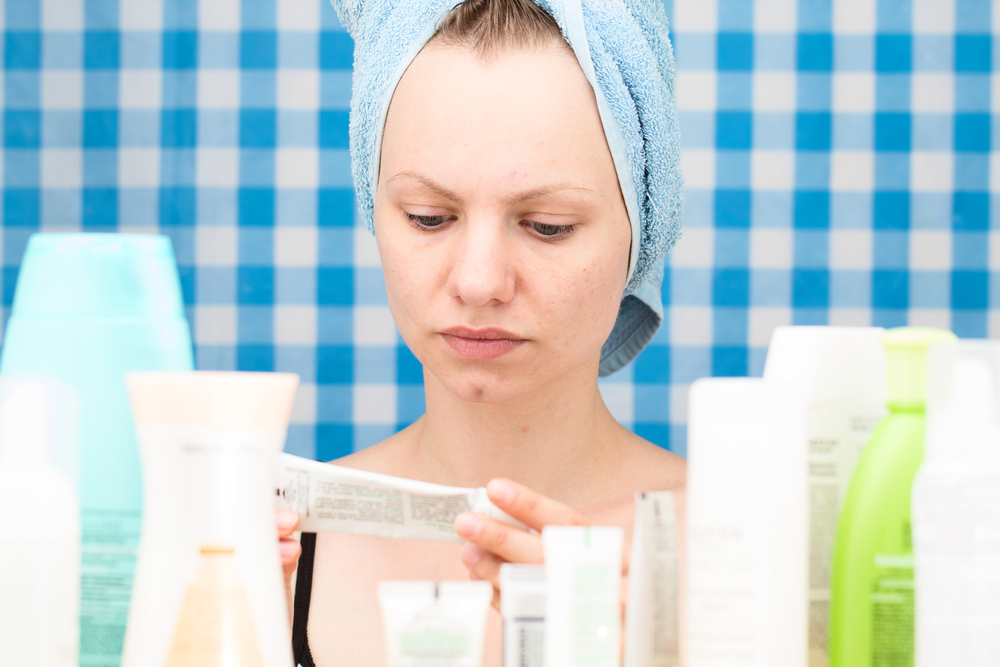
We know that skincare can be costly, but using products that are well beyond their expiry dates does a lot more harm than they do good. Old products can break down, leading to irritation and making your skin more vulnerable to sun damage and pigmentation. Regularly check the expiration dates on your skincare products and toss anything that’s past its prime. We know it’s hard, especially when they have hefty price tags, but when they expire, they need to go to the trash.
12. Don’t Pick Blemishes
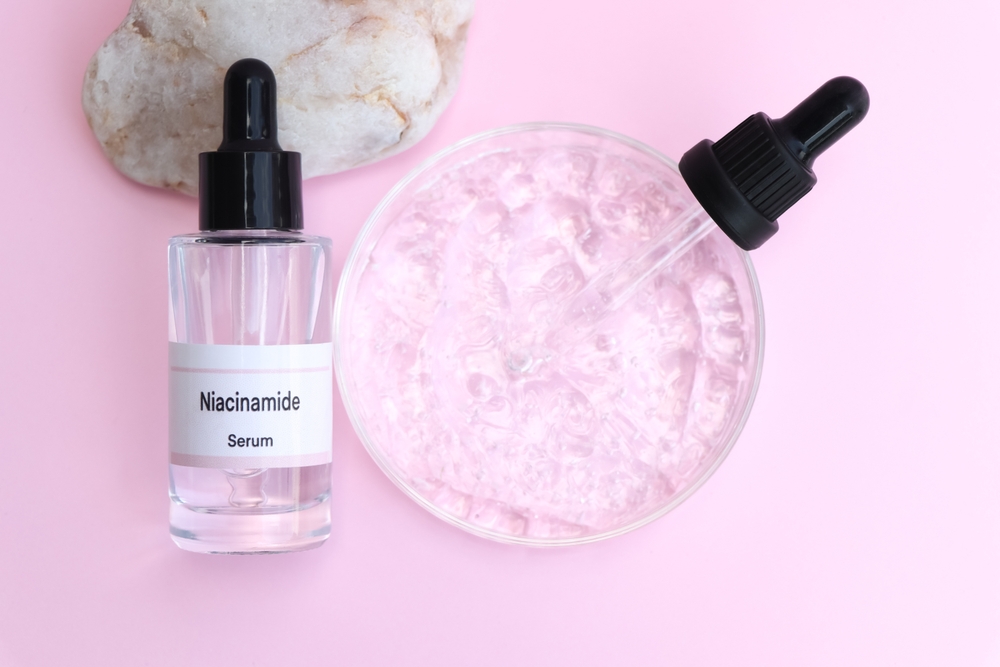
After a breakout, it’s common to experience post-inflammatory hyperpigmentation (PIH), which are dark spots left behind by acne. Resisting the urge to pick at your skin can be tough, but doing this can cause spots to linger and worsen, causing visible age spots. Never squeeze or pick your skin, and treat PIH with products that contain healing, brightening ingredients like niacinamide, retinol, or alpha hydroxy acids (AHAs) to help fade the spots.
13. Keep Your Hormones in Check
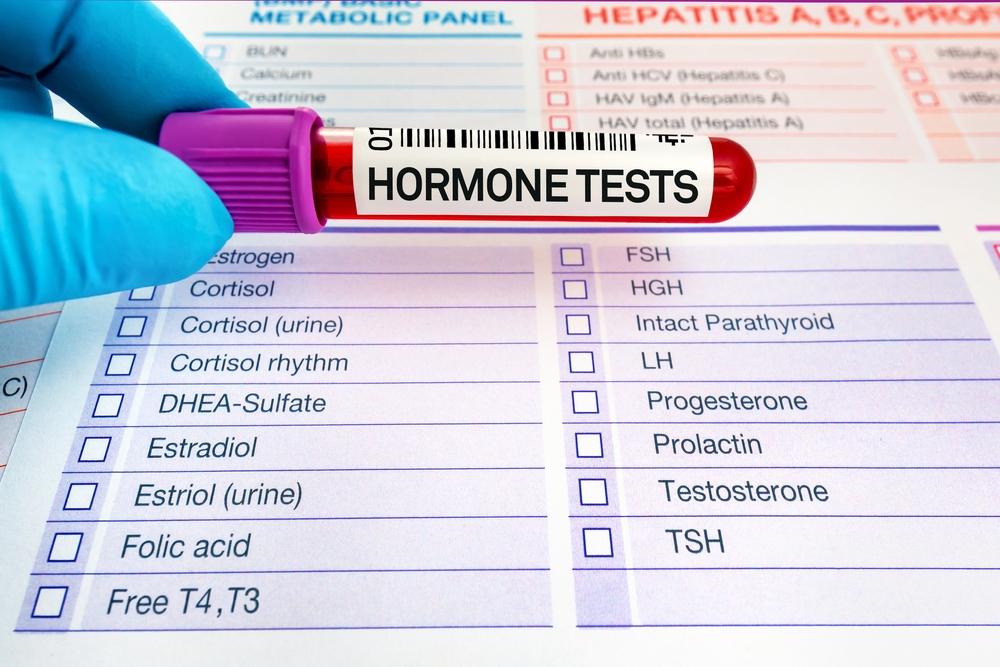
To avoid dark age spots, it’s essential to maintain balanced hormones. Fluctuations during menstruation, pregnancy, perimenopause, menopause, or thyroid issues can all contribute to problematic skin problems, including age spots. Poor lifestyle habits, such as lack of sleep, stress, and an unhealthy diet, can also be responsible for pigmentation issues. Incorporating a balanced diet, managing stress, and getting regular exercise can help stabilize your hormones and prevent the formation of dark spots.
14. Get Plenty of Sleep

Not getting enough sleep can affect your skin’s ability to repair itself. This can cause a number of skin problems, but the biggest effects of not sleeping enough are dehydration, wrinkles, and dark spots. This is because when you’re sleep-deprived, your body produces more cortisol, which can lead to inflammation and pigmentation issues. In order to have the best version of your skin, you need to be aiming for 7-9 hours of sleep every night.
15. Add Retinols and Brightening Products to Your Skincare Regime
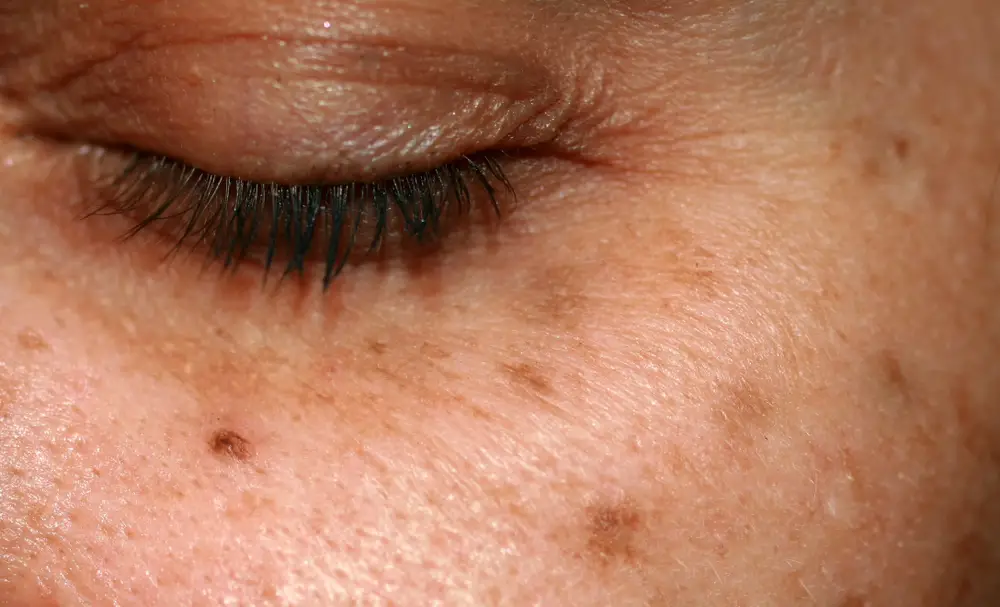
Retinoids, derived from vitamin A, are a powerful ingredient in the fight against aging and brown spots. They work by increasing cell turnover, helping to fade dark spots over time. Retinoids can also improve skin texture and reduce fine lines. Try to incorporate a retinoid cream or serum at night, starting with a lower concentration to avoid irritation.
16. Try Professional Skincare Treatments
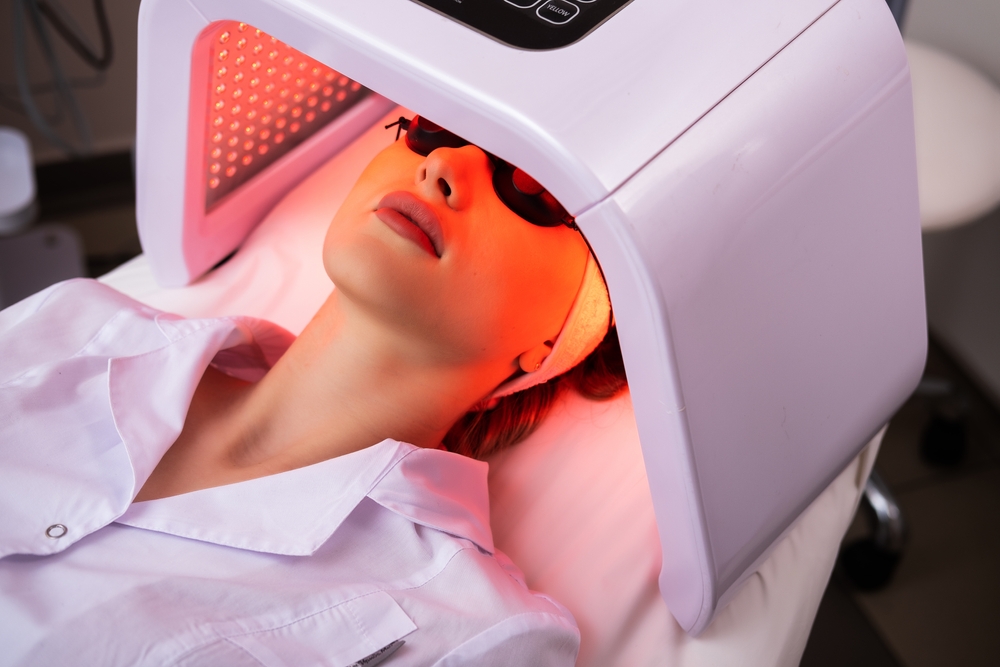
If age spots are a serious issue, seek our professional skincare treatments. Chemical peels exfoliate the top layers of skin, helping to lighten age spots and improve overall skin tone. You could also try laser treatments, such as fractional laser or intense pulsed light (IPL), which target the pigment in age spots, breaking it down and allowing the body to naturally remove it. Another option is microdermabrasion, a non-invasive procedure that gently exfoliates the top layer of skin using tiny crystals to rejuvenate the skin’s surface and reduce the appearance of age spots.

